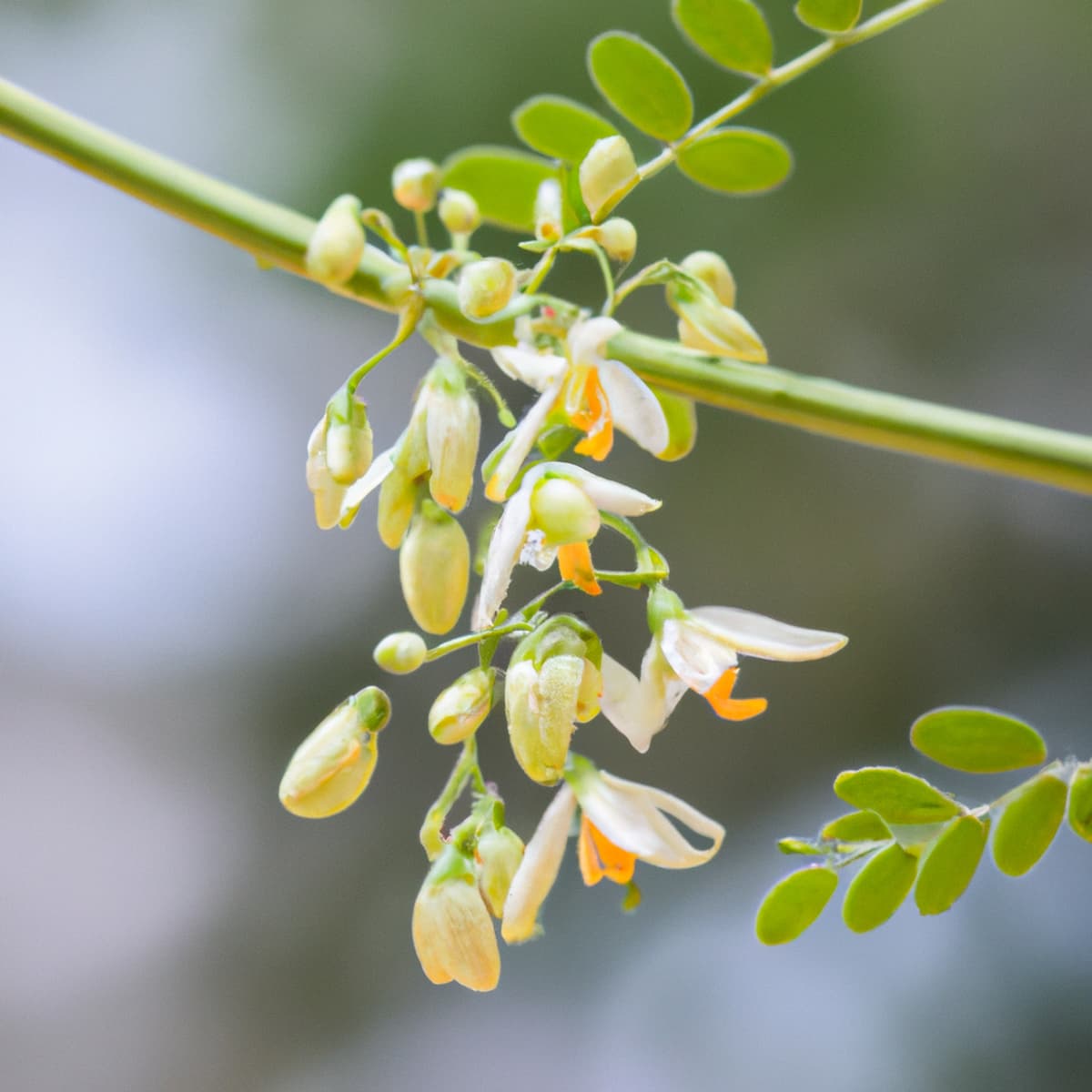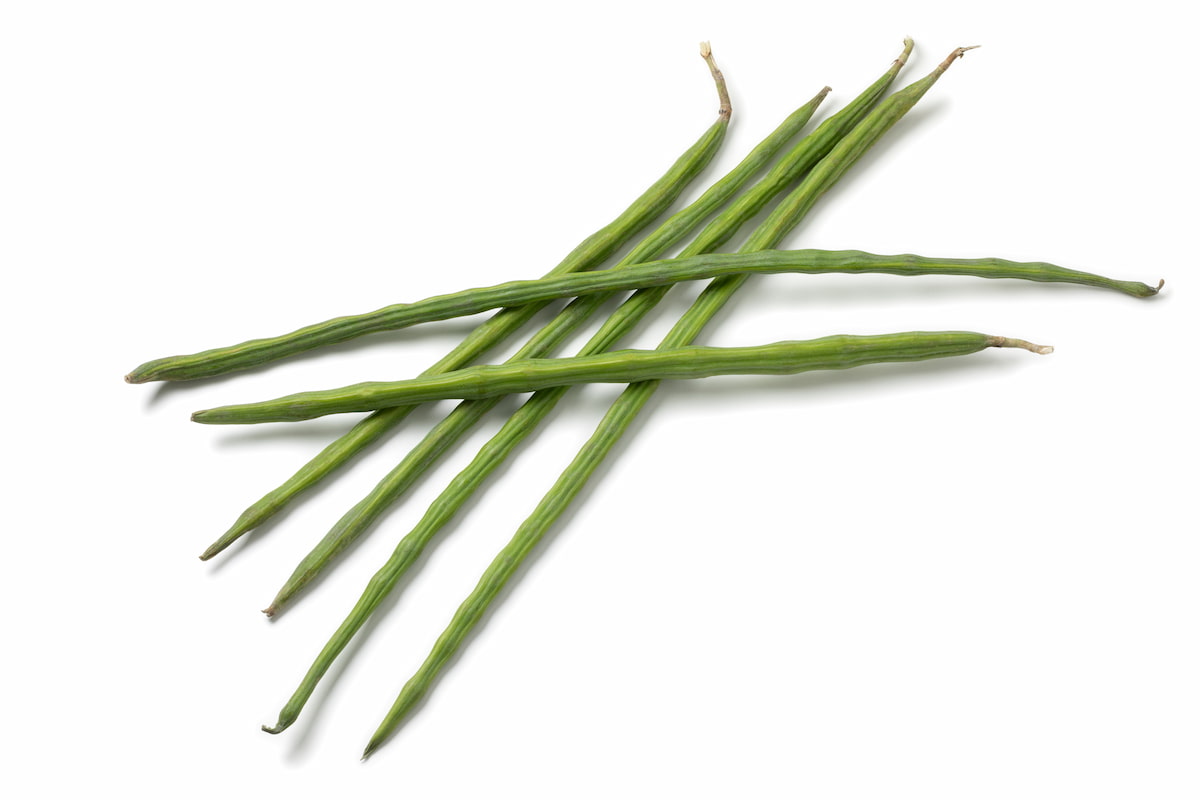Several measures can be taken to increase the number of female flowers in Moringa plants Proper nutrient management and regular watering are essential for healthy plant growth and flower production. Pruning can help redirect the plant’s energy toward producing female flowers. This can be done by removing the male flowers as soon as they appear.

Applying plant growth regulators like gibberellic acid can promote the development of female flowers. It is also important to ensure the plants grow optimally, including sufficient sunlight and well-draining soil. Implementing these measures makes increasing the number of female flowers in Moringa plants possible, leading to better crop yields.
How to Increase Flowers in Moringa
Introduction to Moringa Cultivation
Moringa is a valuable crop due to its high nutritional content and versatility. Its cultivation is gaining popularity as it can be grown in various soil types and requires minimal maintenance. The demand for Moringas is increasing globally due to their numerous health benefits and culinary uses, making them a potentially profitable crop for small farmers.
However, successful Moringa cultivation requires proper care and management. Farmers must ensure the plants receive sufficient water, nutrients, and sunlight. Pruning and applying growth regulators can also help increase yields. With the right cultivation techniques and market access, Moringas can be a sustainable and lucrative farming option for small farmers.
Understand the Anatomy of Moringa Flowers
Moringa flowers are small and delicate, measuring only a few centimeters long. They have a distinct anatomy consisting of several parts. At the base of the flower is the calyx, a group of sepals that protect the flower before it blooms. The petals, usually white or yellow, surround the flower’s reproductive parts.
The reproductive parts of the Moringa flower include the stamen, which is made up of the filament and anther, and the pistil, which includes the stigma, style, and ovary. The ovary contains the ovules that develop into seeds after fertilization. The Moringa flower contains either male or female reproductive parts. The male flowers have only stamens, while the female flowers have only pistils. The Moringa plant requires cross-pollination to produce fruit and seeds; bees and other pollinators typically do this.
The Best Variety of Cultivation Moringa
- Rohit 1 – commercial yield starts 4-6 months after planting and continues for up to 10 years with two seasons per year.
- Coimbatore 2 – Moringas are 25-35 cm in length.
- PKM-1 – yield available 8-9 months after planting.
- PKM-2 – good yield
Optimal Growing Conditions for Moringa
- Climate: Moringa plants grow best in warm, tropical, or subtropical climates with temperatures ranging from 25-35°C.
- Soil: The plant prefers well-draining soils with a pH range of 6.5-8.0. It can also tolerate some degree of salinity.
- Water: Regular watering is essential for Moringa plants, especially during the dry season. The plant is drought-tolerant but requires adequate moisture for good yields.
- Sunlight: The plant thrives in full sunlight and requires at least 6-8 hours of direct sunlight daily.
- Fertilizers: Moringa plants require regular application of fertilizers to ensure optimal growth and yield. The use of organic fertilizers is recommended.
- Pest and disease control: The plant is susceptible to various pests and diseases, and appropriate measures should be taken to control them.
In case you missed it: How to Increase Female Flowers in Cluster Beans/Guar Beans: Explained 10 Steps for More Yields and Profit

Moringa Flowering Stage
The flowering Phase is crucial in Moringa cultivation as it determines the yield and quality of the pods. Flowering in Moringa plants usually begins around 6-8 months after planting and can continue for up to 6 months. The plant produces small, fragrant white or yellow flowers that attract pollinators.
The flowers are either male or female, with the female flowers producing the pods. To ensure optimal pollination, farmers can introduce bees or other pollinators to the crop. During this stage, farmers should also monitor the plant for pests and diseases, as they can cause damage to the flowers and reduce yields. The Moringa plant can produce a bountiful harvest of nutritious pods with proper care and management.
Factors that Affect Less Flowers in Moringa
- Temperature: High temperatures can reduce female flower production in Moringa plants.
- Water: Insufficient or excessive water can negatively impact flower production in Moringa plants.
- Nutrients: A lack of essential nutrients, such as phosphorus, can affect the plant’s ability to produce female flowers.
- Soil pH: An imbalanced soil pH can inhibit flower production.
- Pruning: Improper pruning practices can reduce flower production in Moringa plants.
- Pest and disease infestations: Pests and diseases can damage flowers and reduce yield.
- Improper pollination: Insufficient pollination can cause flowers to drop before producing fruit.
- Age of the plant: Older plants produce fewer female flowers than younger plants.
- Genetics: Some cultivars may naturally produce fewer female flowers than others.
10 Simple Tips to Increase Flowers in Moringa
- Plant in well-draining soil with a pH between 6.5-8.0.
- Ensure adequate water supply, especially during the flowering stage.
- Use organic fertilizers, such as compost or cow manure, to promote flower production.
- Avoid excessive amounts of nitrogen fertilizer, as this can reduce flower production.
- Mulch around the plant to retain moisture and control weeds.
- Ensure good pollination by attracting bees or other pollinators to the crop.
- Drip irrigation provides water directly to the roots, reducing water stress on the plant.
- Monitor soil moisture levels regularly to avoid under or over-watering.
- Apply phosphorus-rich fertilizers to stimulate flower production.and plant growth harmones
- Provide adequate sunlight, as the plant requires at least 6-8 hours of direct sunlight per day.
In case you missed it: How to Increase Female Flowers in Cowpea/Black-eyed Pea: Explained in 10 Simple Steps for High Yields and Profit

Conclusion
Moringa is a highly nutritious and profitable crop, but producing female flowers can be a limiting factor for farmers. By implementing proper cultivation techniques, such as selecting high-yielding cultivars, providing optimal growing conditions, and monitoring for pests and diseases, farmers can increase the production of female flowers in Moringa plants. Regular pruning, adequate pollination, and proper fertilization can further enhance flower production. With these efforts, farmers can improve their yields of the Moringa.
- Feed Your Flock for Less: Top 10 Tips to Save on Chicken Feed
- Ultimate Guide to Ossabaw Island Hog: Breeding, Raising, Diet, and Care
- Hatching Answers: The Top 10 Reasons Your Chickens Aren’t Laying Eggs
- Eggs and Economics: Breaking Down the Cost of Raising Backyard Chickens
- Defend Your Greens: Proven Methods to Keep Iguanas Out of Your Garden
- Ultimate Guide to Cinnamon Queen Chicken: A Comprehensive Guide for Beginners
- Ultimate Guide to California Tan Chicken: Breeding, Raising, Diet, Egg-Production and Care
- Ultimate Guide to Marsh Daisy Chicken: Breeding, Raising, Diet, and Care
- 10 Types of Chicken Farming Businesses You Can Start for Profits